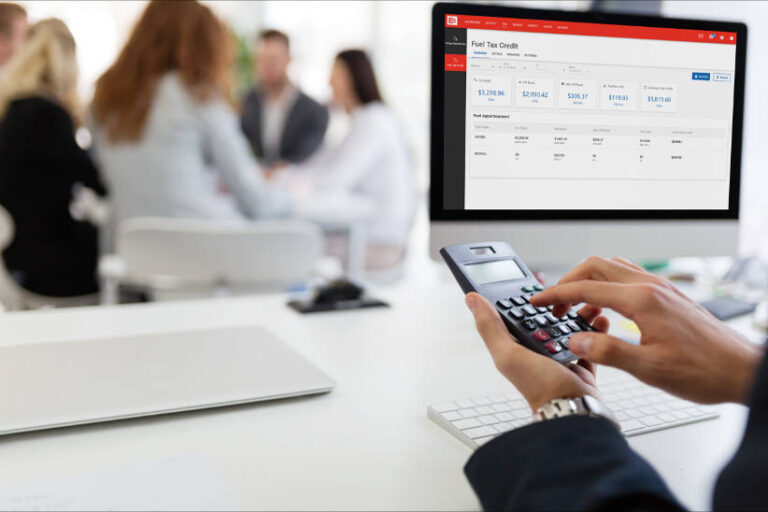– by Konrad Stempniak, GM EROAD Australia –
The end of the financial year is an important time for many Australian businesses as it allows them to reclaim tax on goods spent on behalf of the business, ensuring employees and management alike are not left out of pocket. However, during this time as many are looking to recoup investment, another out of pocket expense that can be reimbursed – fuel tax credits (FTCs) – can actually be reclaimed at any point. It just makes sense to start the process at this time of year as you start checking the books.
Shockingly, though, for Australian businesses operating fleets and off-road equipment many are missing out when it comes to maximising their rebates.
This is because most businesses typically use the standard on-road method to calculate their FTCs because it’s easy and doesn’t require a lot of record-keeping, but using this method could potentially leave businesses missing out on thousands of dollars.
Now, more than ever, due to the ongoing border and logistical issues with COVID restrictions across the nation, fleet operators who are helping to keep Australia moving don’t have the time to take away from the day-to-day operations of the business. Time is crucial if they are to ensure that they are maximising their FTCs at every single opportunity – especially when they may need and deserve it the most.
According to an Australia-wide study conducted by ACA Research only 62 per cent of fleet businesses are claiming FTCs and 38 per cent were still having issues with complex data capture, validation and stringent reporting requirements needed to maximise claims.
Additionally, the report concludes that there are currently 460,000 fleet businesses in Australia operating around 3.9million vehicles. Small fleets with under 20 vehicles account for 95 per cent of vehicle-owning businesses, operating 1.4 million of Australia’s business vehicles. Given the current environment for those responsible for managing these fleets – including COVID-19, running costs and distribution – it’s imperative that we support them in the process of reimbursing FTCs.
In general any vehicle that is not on a public or toll road is considered off-road, including public roads that are under construction. This applies to both heavy and light vehicles when claiming off-road FTCs. Businesses that use vehicles off-road for travel, idling, or operating auxiliary equipment – such as compressors, refrigeration units, farming or hydraulic machinery – can claim the off-road rate of up to 42.7 cents per litre for FTCs, which can add up to a significant amount of money once claimed.
Knowing when and where a vehicle is off-road can be tedious and complicated to prove, but telematics software which offers GPS for all assets that use fuel, can help.
Specific telematics systems can define off-road areas for fleets by setting up geofences on routes – including anything that may not typically be deemed an ‘off-road’ area, like a construction site immediately adjacent to, or on, a public road and calculate the FTC in real time, completely automating the process.
Automating this process not only saves time and money for ongoing work, but can also be used to backdate unclaimed rebates. Once a business can consistently demonstrate a pattern of use over a six month period, they can go back up to four years to recover unclaimed rebates, once again giving businesses a much needed boost.
After a complicated and disjointed year, it’s important we look into cost saving solutions by creating efficiencies across the board in fleet management. Let’s give small businesses the tools they need to steer back on track.






